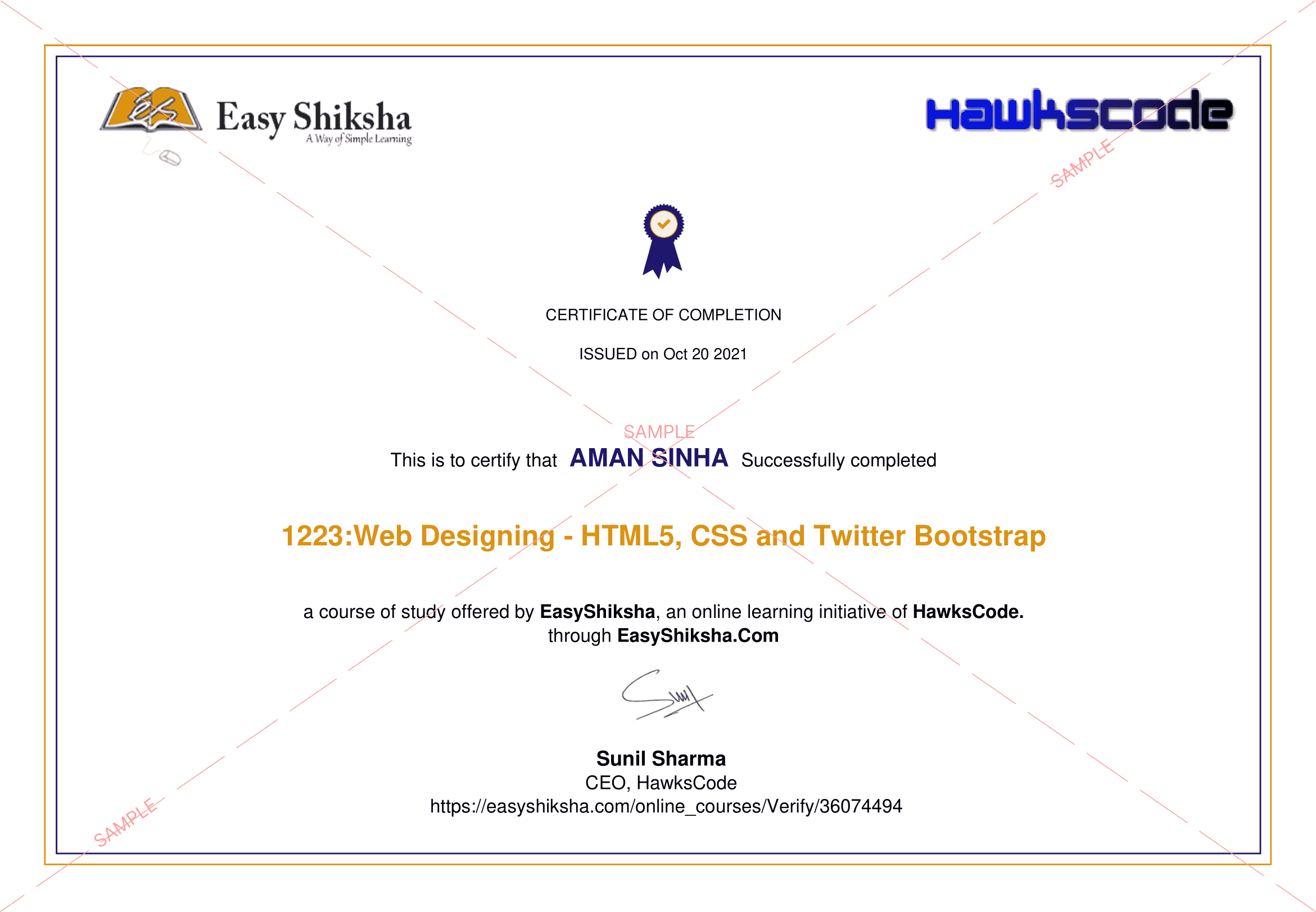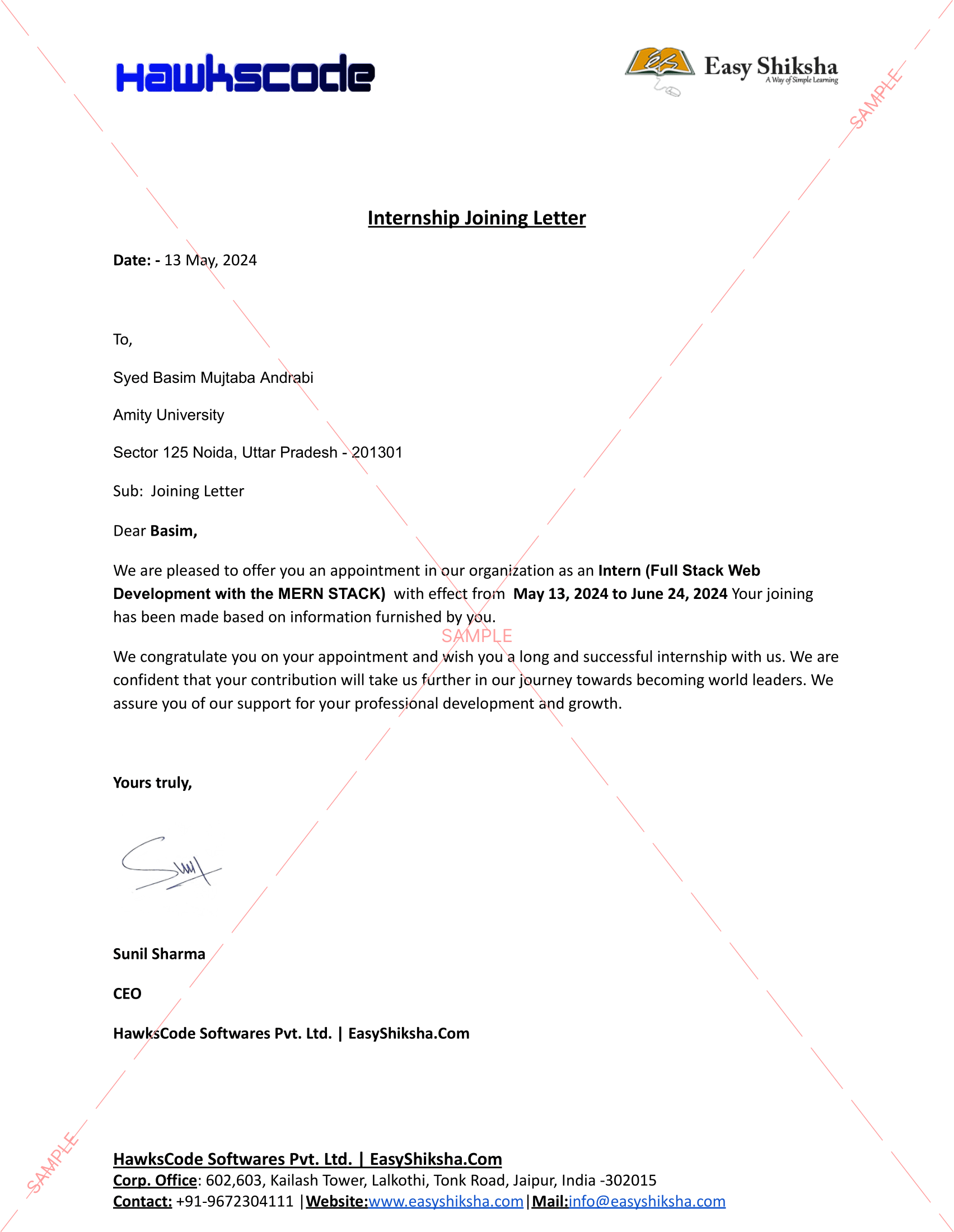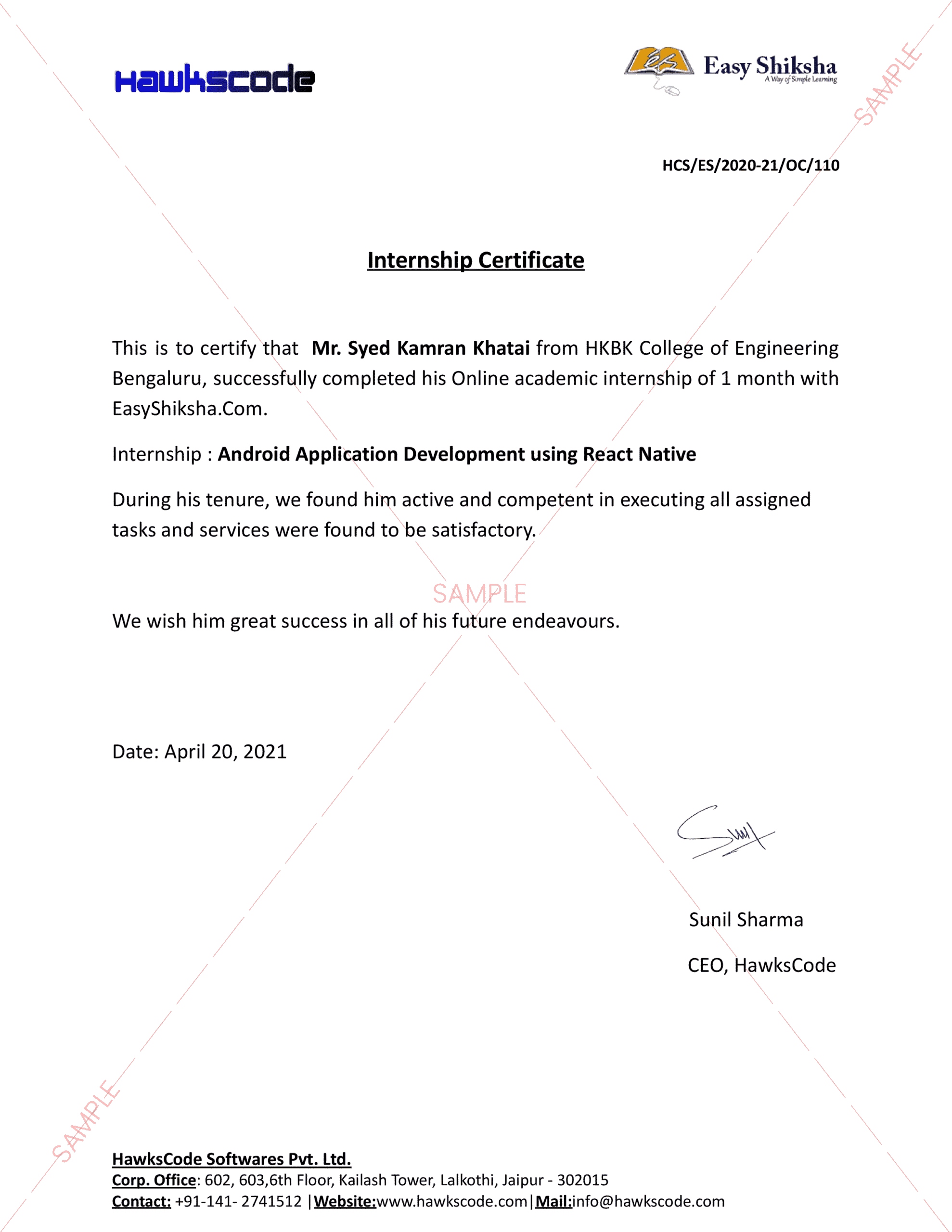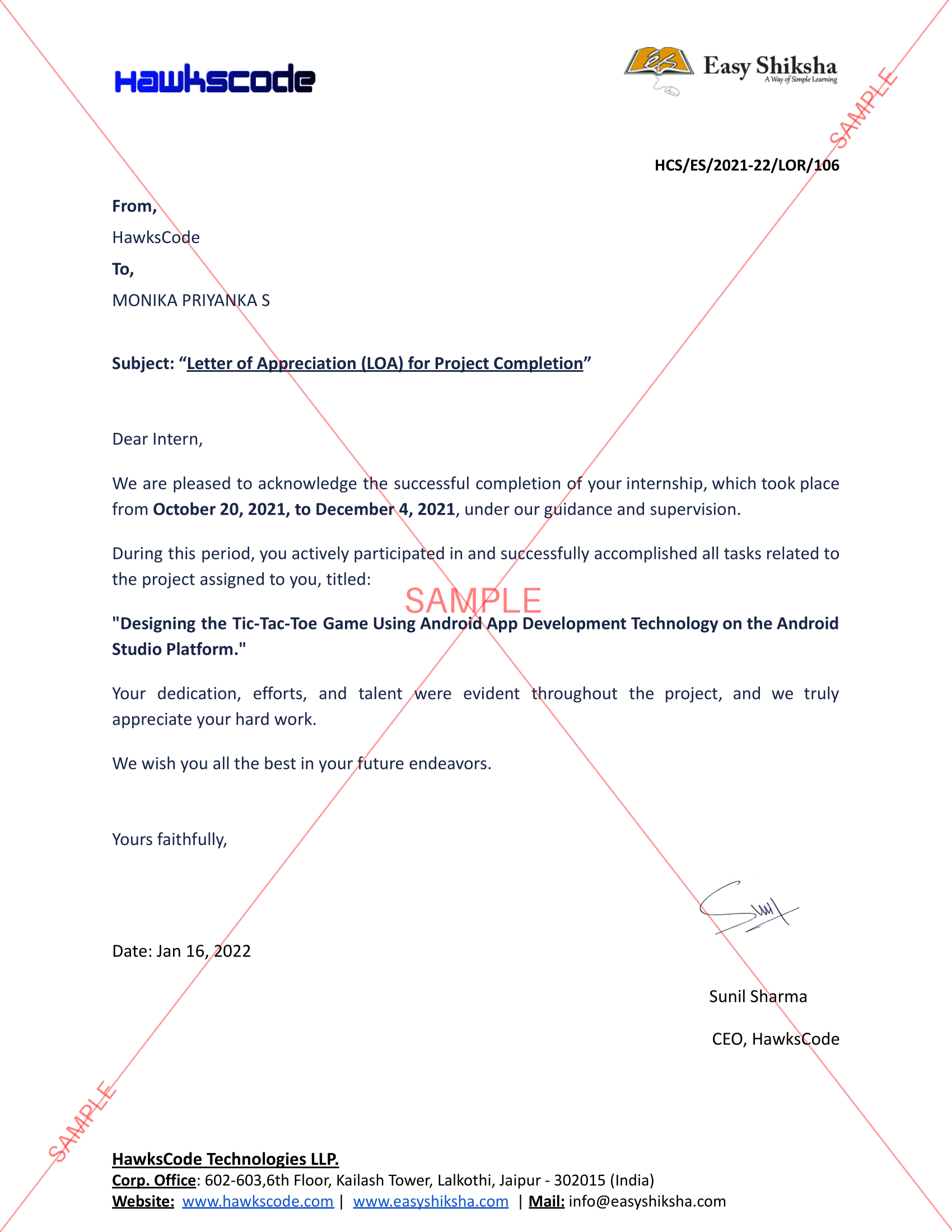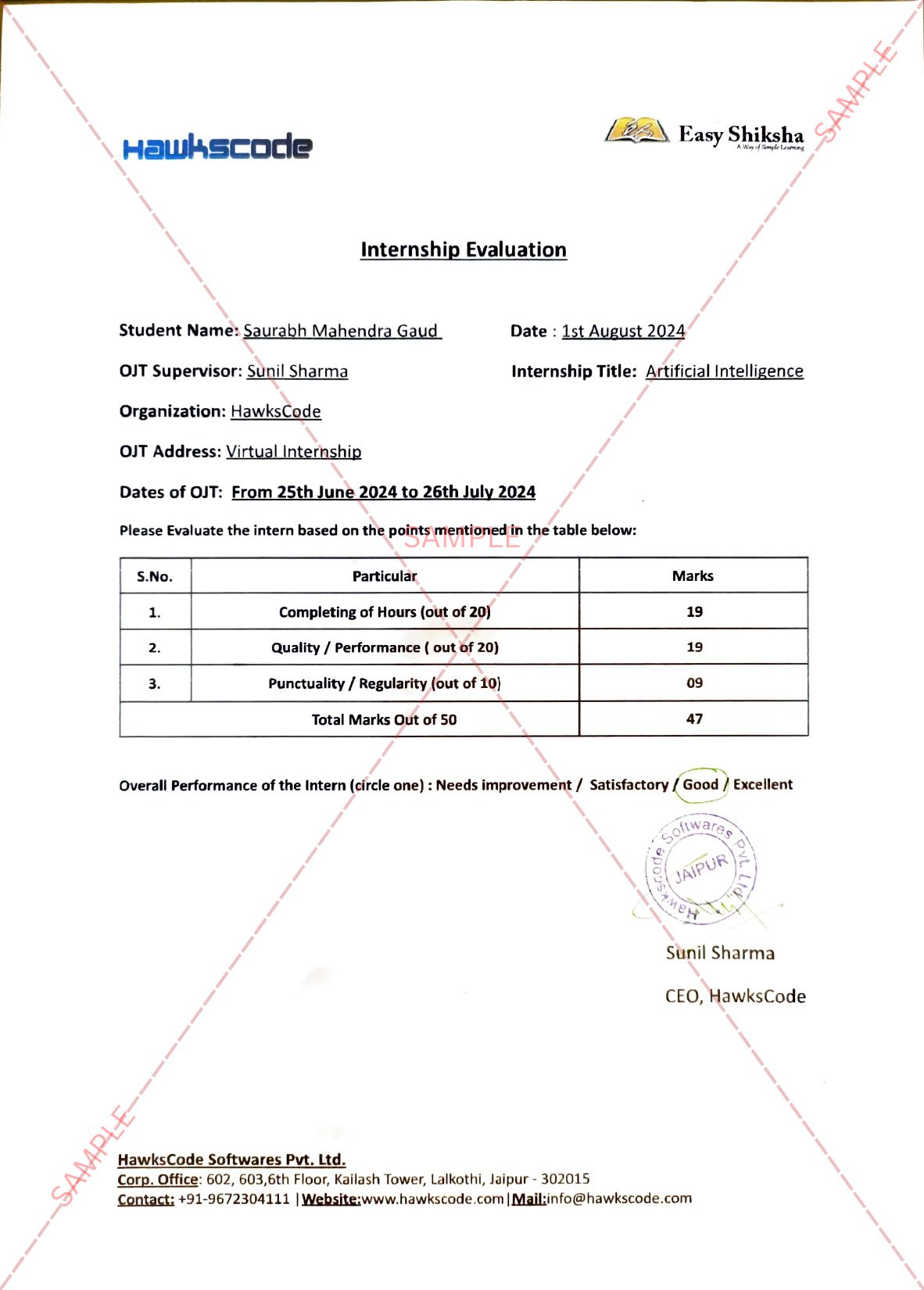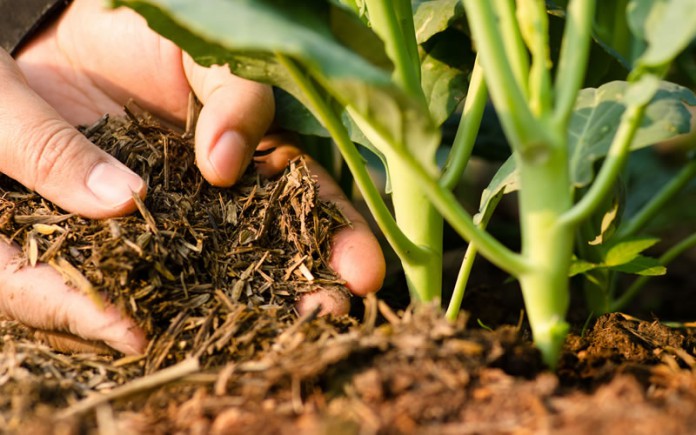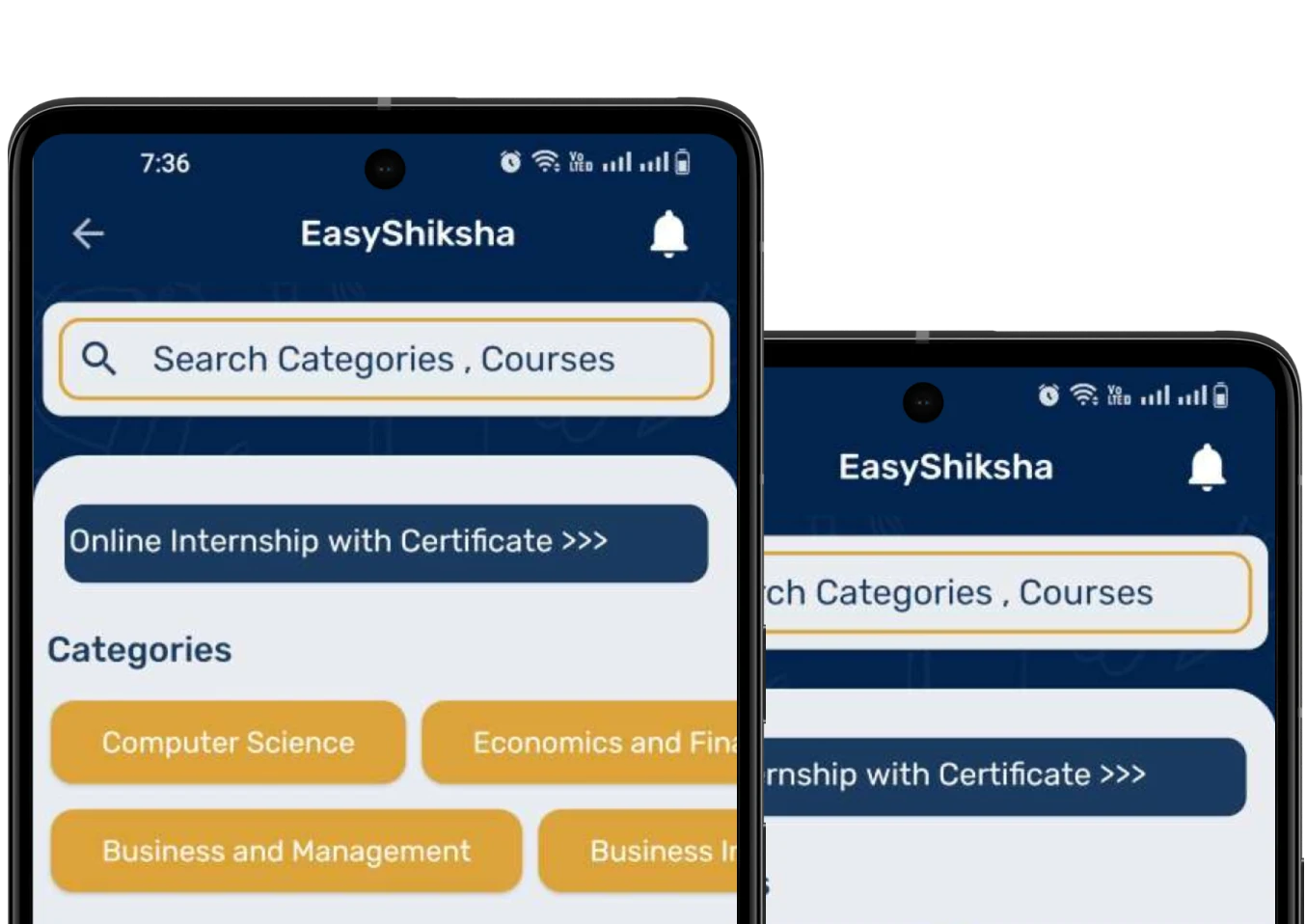Soil fertility and sustainable agriculture experts know that most soils today need their health and endurance restored. Soil fertility relates to the capacity of soil to support agricultural plant growth. But if this were indeed the case anywhere at all – especially the sustained and consistent bit measured over a few decades, then the level of inputs added to the soil that agriculture requires across the world today!

Important Announcement – EasyShiksha has now started Online Internship Program “Ab India Sikhega Ghar Se”
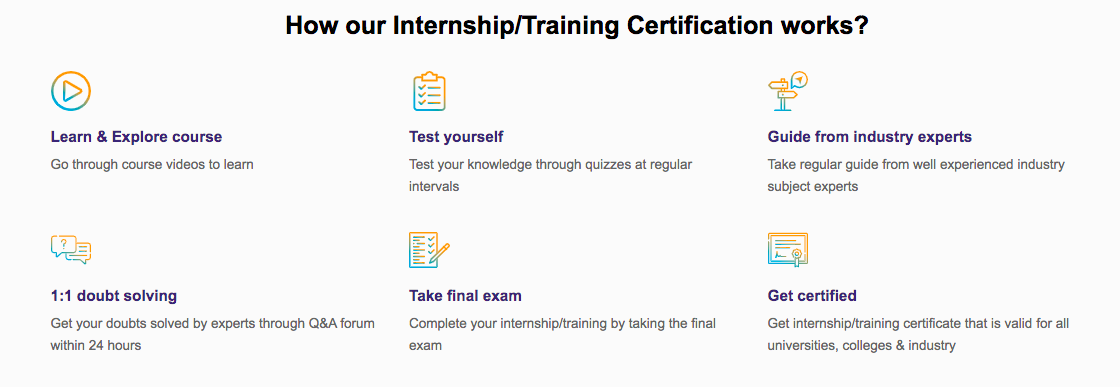
Top Courses in Virtual Reality
More Courses With Certification
On the other hand, for millennia, soil grew life, more soil, and more life in perpetual cycles, all over the planet. Without any external help!
Factors like cultivation, grazing, composting, soil remineralization, fertilizer priorities, fossil humates, soil conservation, green manuring, soil testing, and visual soil assessment all play a crucial part in establishing fertile soils.
Nutrients in the soil
Plants need nutrients just like people do. Plants depend on carbon, moisture, nitrogen, phosphorus, potassium and a bunch of trace minerals. Each of these is cyclic in nature – the water cycle which ensures there are enough of them everywhere, and similarly, there’s a carbon cycle, nitrogen cycle, phosphorus cycle and so on.
Additionally, to provide for this living carbon in the soil, the conditions need to be right. Sunlight falling directly on the ground, and the lack of organic matter on and in it destroy the habitat in which these thrive. Keeping the soil covered is absolutely critical for healthy, fertile soils! Our farming methods – clearing the land of all vegetation, tilling and more recently, dosing it with harsh chemicals in large quantities – all contribute to the living constituents of the soil that help keep these processes and cycles going.
According to the United States Department of Agriculture too, good healthy soil is 45% minerals, 5% carbon, 25% water and 25% air! This is likelier to be soil in sync with these numbers, and stay healthy as well.
Raising soil fertility
What commonly referred to as fertility is not a point in time measurement of a few things, but a process that keeps the ecosystem ideal for easy growth of plant life. And soil’s innate ability to support plant life, it has to be considered as over a period – if it supports this less and less innately, the fertility reduces.
There are natural processes that sit at the intersection of these various cycles that keep the soil “fertile” and moisture-rich. In a sense, fertility can be described in terms of the health of these processes in the soil itself!
Fertility is something the forest both nurtured over eons and depended on for its own sustenance and growth. It is something that was inadvertently disrupted and destroyed as humans started farming about 12000 years ago, and accelerated a century ago as the world acquired superpowers and scaled energy through oil.
Cultivating soil
This is where the ecosystem of bacterial colonies, nematodes, larger insects and various fungi – most notably mycorrhizae – play a significant role. There are millions of these around root ecosystems and strike a symbiotic relationship with the roots and play a variety of different roles that are unearthed only to an extent today. All of these life forms, in turn, need other forms of carbon in the soil, as well as a diverse set of roots producing sugars and carbs for them. They also burrow and loosen the soil, helping absorb and retain moisture to greater depths. And having moisture in the soil is excellent for plants!
Top Courses in Software Engineering
Obviously, great soil needs to have the moisture as well as all the macronutrients and micronutrient. What is more important is that these need to be in a form that the plants can use. And the cycles that make these available and replenish in various forms are in motion.
Fertility is what nature had created as its method to grow and sustain life in a variety of conditions, and that can be achieved again. Even in severely degraded landscapes. A helping hand is what nature needs, and it will do the rest!
By Sameer Shisodia, Co-founder & Chief Farming Officer at Beforest
Top Courses in Networking
Empower your team. Lead the industry
Get a subscription to a library of online courses and digital learning tools for your organization with EasyShiksha
Request NowQ. Are EasyShiksha's internships truly free?
Yes, all internships offered by EasyShiksha are completely free of charge.
Q. How can I apply for an internship with EasyShiksha?
You can apply by visiting our website, browsing available internships, and following the application instructions provided.
Q. What types of internships are available through EasyShiksha?
EasyShiksha offers a wide range of internships across technology, business, marketing, healthcare, and more. Opportunities are continuously updated.
Q. Will I receive a certificate upon completing an internship?
Yes, upon successful completion, you will receive a certificate recognizing your participation and achievements.
Q. Are EasyShiksha's internship certificates recognized by universities and employers?
Yes, the certificates are recognized by universities, colleges, and employers worldwide.
Q. Is the download of certificates free or paid?
Access to internships and courses is free, but there is a small fee to download certificates, covering administrative costs.
Q. When can I start the course?
You can choose any course and start immediately without delay.
Q. What are the course and session timings?
These are fully online courses. You can learn at any time and pace. We recommend following a routine, but it depends on your schedule.
Q. What will happen when my course is over?
After completion, you will have lifetime access to the course for future reference.
Q. Can I download the notes and study material?
Yes, you can access and download course materials and have lifetime access for future reference.
Q. What software/tools would be needed for the course?
All necessary software/tools will be shared during the training as needed.
Q. I’m unable to make a payment. What should I do?
Try using a different card or account. If the problem persists, email us at info@easyshiksha.com.
Q. Do I get the certificate in hard copy?
No, only a soft copy is provided, which can be downloaded and printed if required.
Q. The payment got deducted but shows “failed”. What to do?
Technical errors may cause this. The deducted amount will be returned to your account in 7-10 working days.
Q. Payment was successful but dashboard shows ‘Buy Now’?
Sometimes payment reflection is delayed. If it takes longer than 30 minutes, email info@easyshiksha.com with the payment screenshot.
Q. What is the refund policy?
If you face technical issues, you can request a refund. No refunds are issued once the certificate has been generated.
Q. Can I enroll in a single course?
Yes, select the course of interest, fill in the details, make payment, and start learning. You will also earn a certificate.
Q. My questions are not listed above. I need further help.
Contact us at info@easyshiksha.com for further assistance.
ALSO READ: govt-calls-for-applications-for-tech-enthusiasts-to-participate-in-san-sadhan-hackathon
Get Course: Java-Tutorial-for-Beginners-Course
